Elizabeth Farm
Hands on history
A restful homestead with a restless history. Dharug dispossession. Convict rebellion. The toppling of governors. Family turmoil. Built in 1793 for the young military couple John and Elizabeth Macarthur and their growing family, Elizabeth Farm today is an ‘access all areas’ museum. There are no barriers, locked doors or delicate furnishings. Set within a re-created 1830s garden, Australia’s oldest homestead is now our most immersive house museum.
Elizabeth Farm
Dharug Country
70 Alice Street, Rosehill NSW 2142- Wheelchair accessible
Explore our learning programs and make a booking

Memorable learning experiences at Elizabeth Farm
At Museums of History NSW, we strive to create memorable and meaningful experiences for school students – bringing history to life in the places where it happened
Artwork
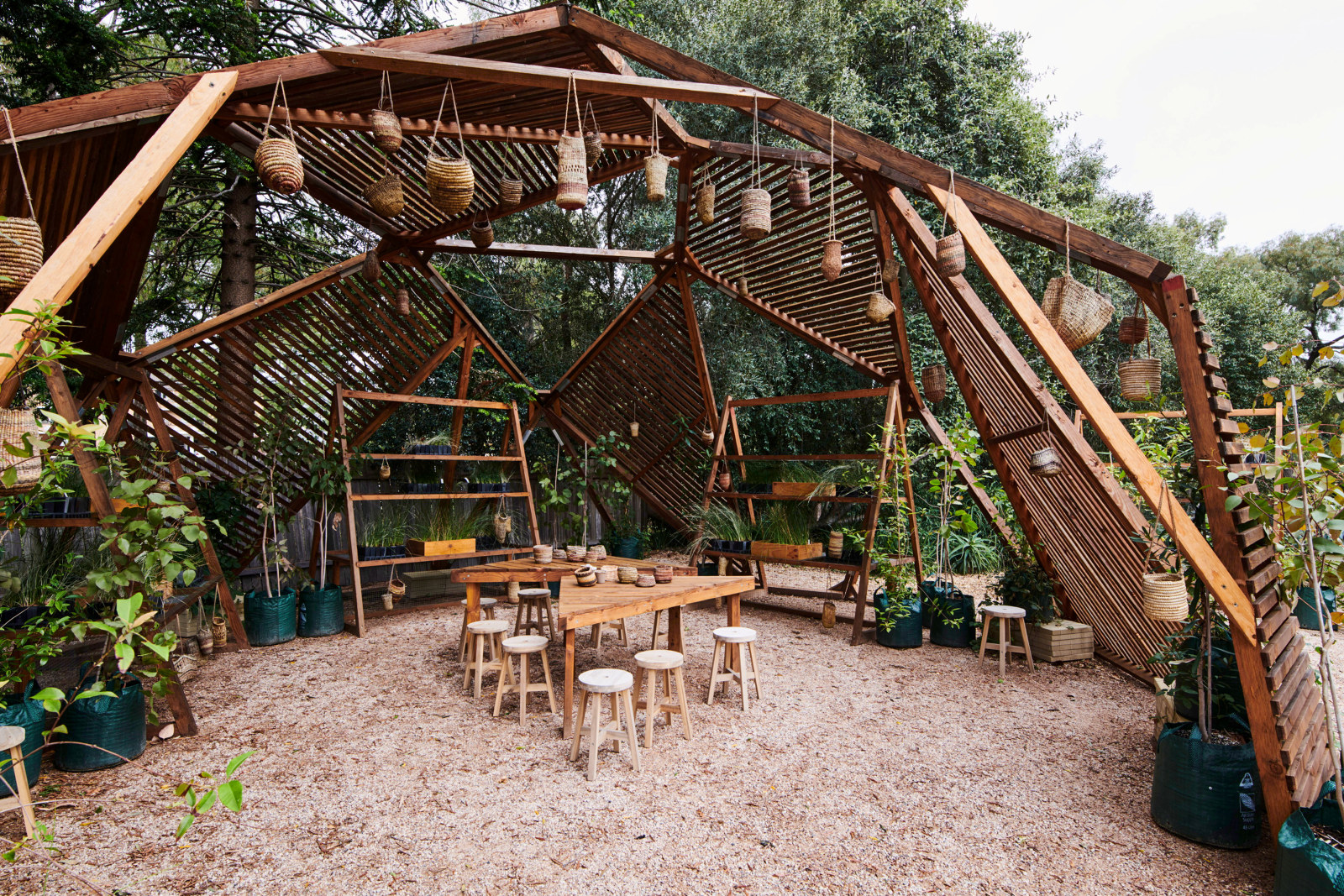
Healing land, remembering Country
A powerful work by Kuku Yalanji artist Tony Albert
Stories
Browse all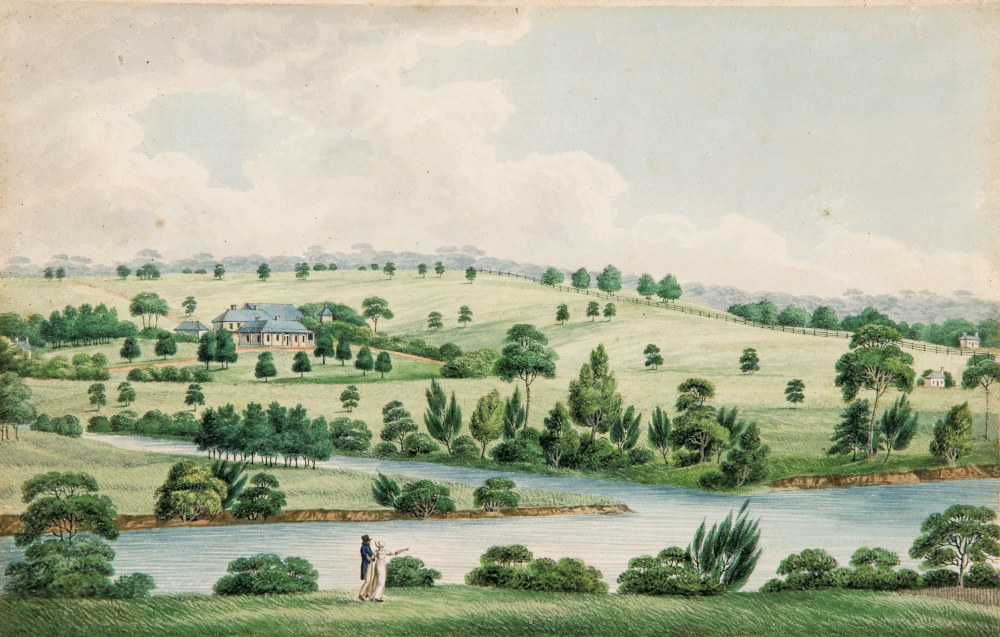
A turbulent past
With its deep, shady verandahs and elegant symmetry, Elizabeth Farm is an iconic early colonial bungalow

Elizabeth Farm museum at 40
This year Elizabeth Farm celebrates 40 years open to the public as a house museum!
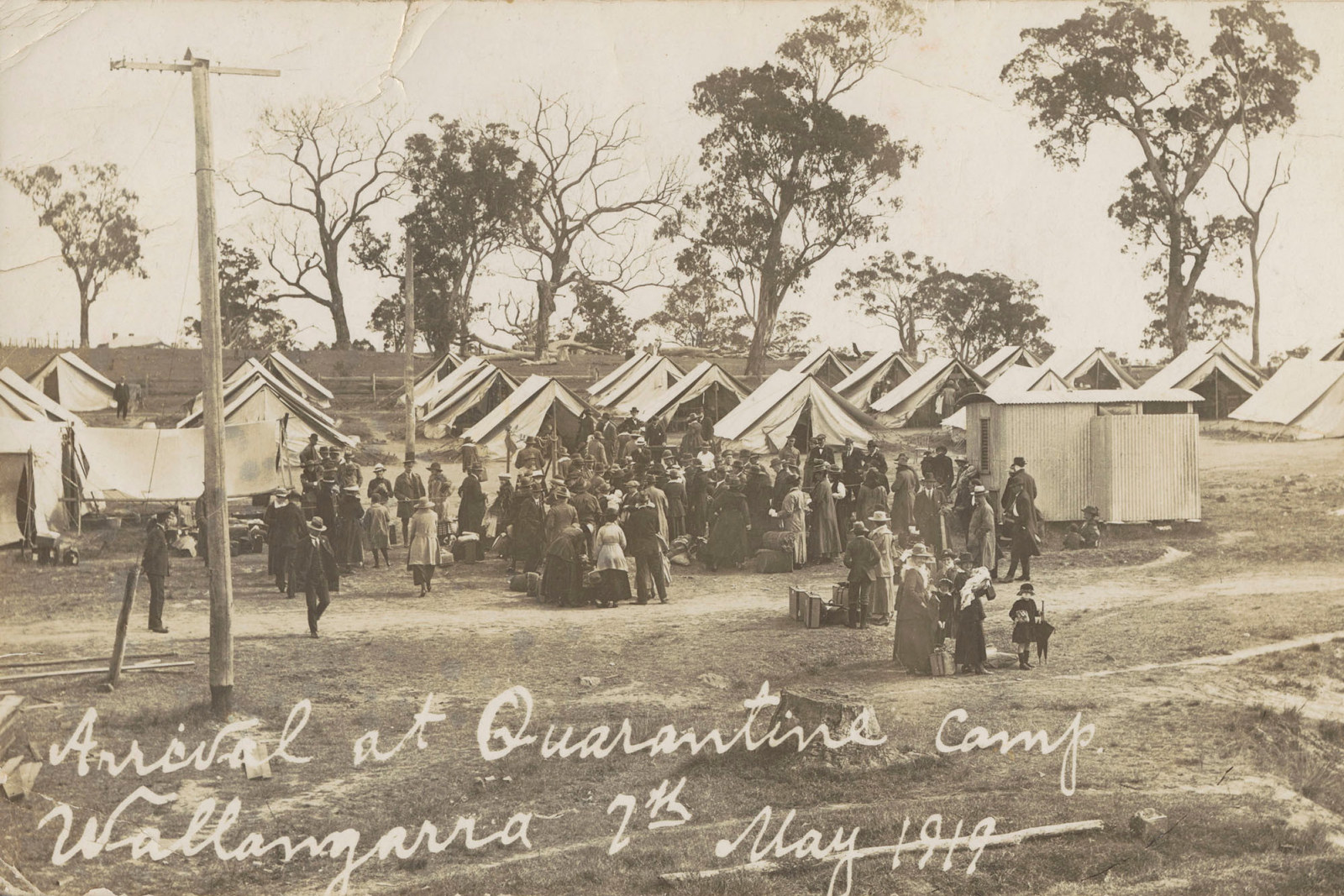
When masks were compulsory
When thinking about the impact of COVID-19, it’s timely to reflect on an earlier pandemic that affected every aspect of life, including at our places
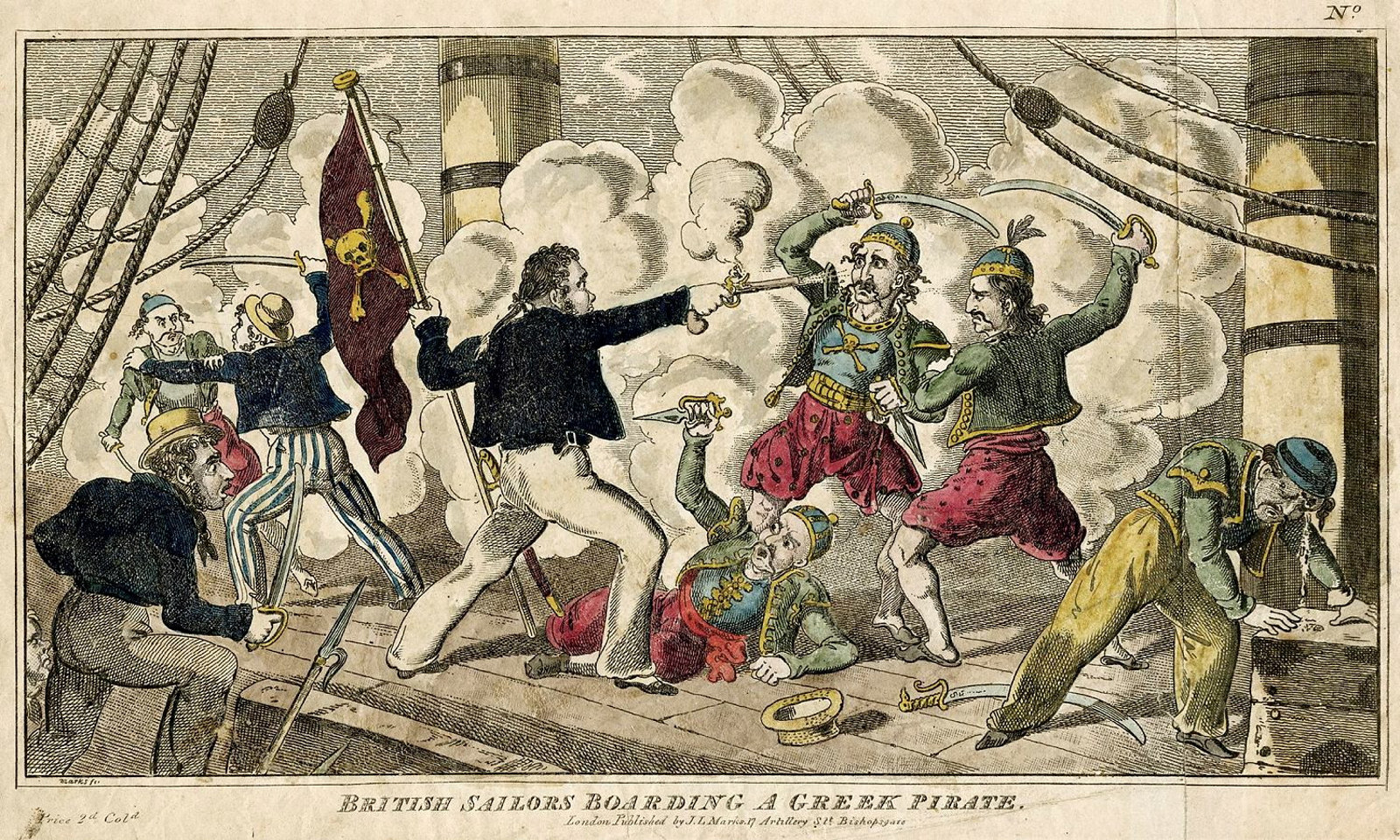
The Maltese connection: the unexpected origins of Elizabeth Farm’s convict workers
The story of three men from Elizabeth Farm shows that theft was only one reason for transportation and that Britain was far from the only source of convicts sent to NSW

12 Feb 1793 - John Macarthur granted land at Parramatta
On 12 February 1793 John Macarthur was granted 100 acres of land at Parramatta by Acting Governor Francis Grose. Macarthur was the first man to clear and cultivate 50 acres
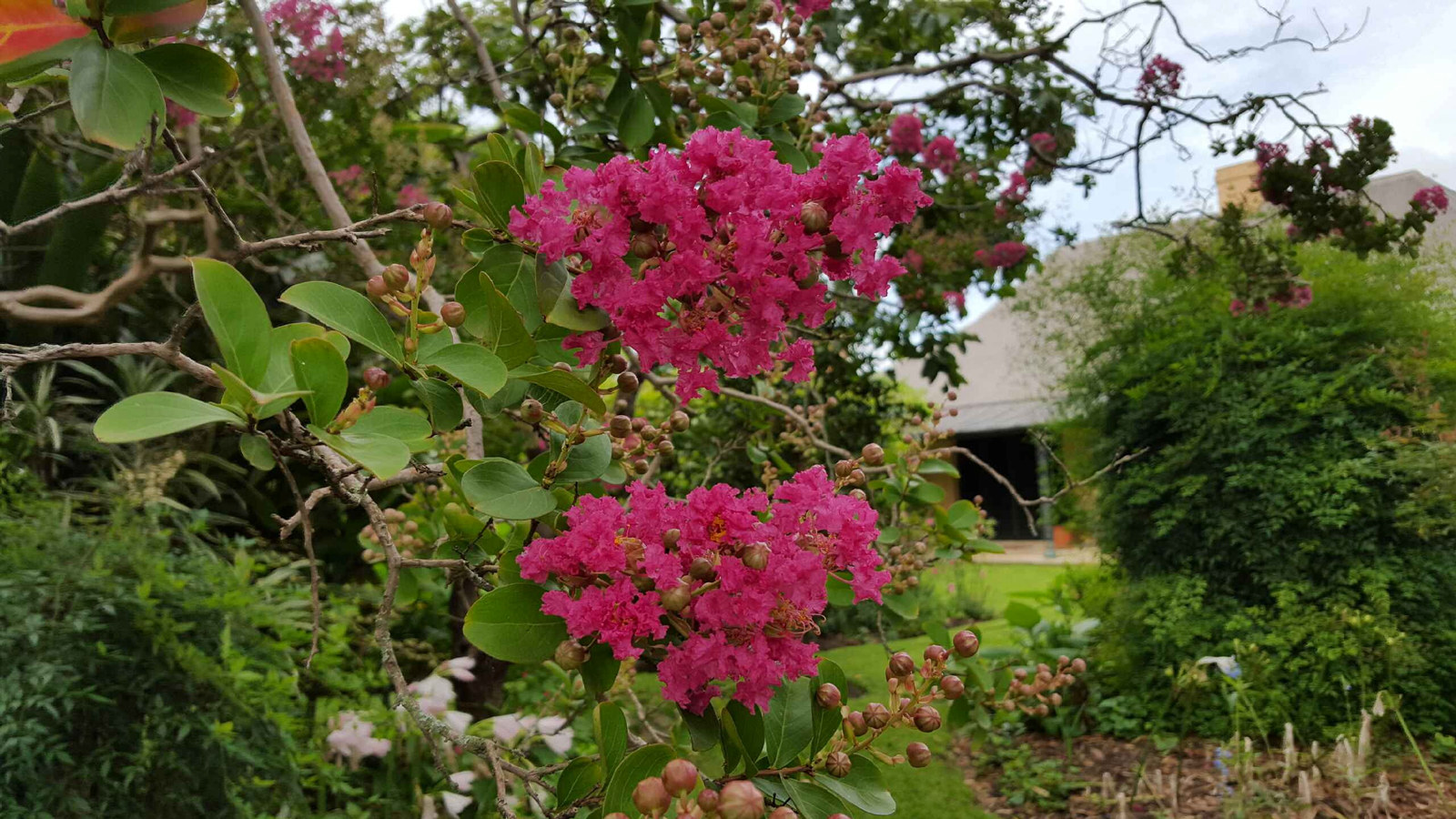
In the pink at Elizabeth Farm
Amid the late summer bounty in the garden at Elizabeth Farm, the crepe myrtle is the undoubted star of the show
Learning programs
Browse all
Colonial Life at Elizabeth Farm
As they explore the Macarthur family home, which dates from 1793, students learn about the lives of the family and their convict servants and the impact of colonisation on the traditional owners of the Parramatta area
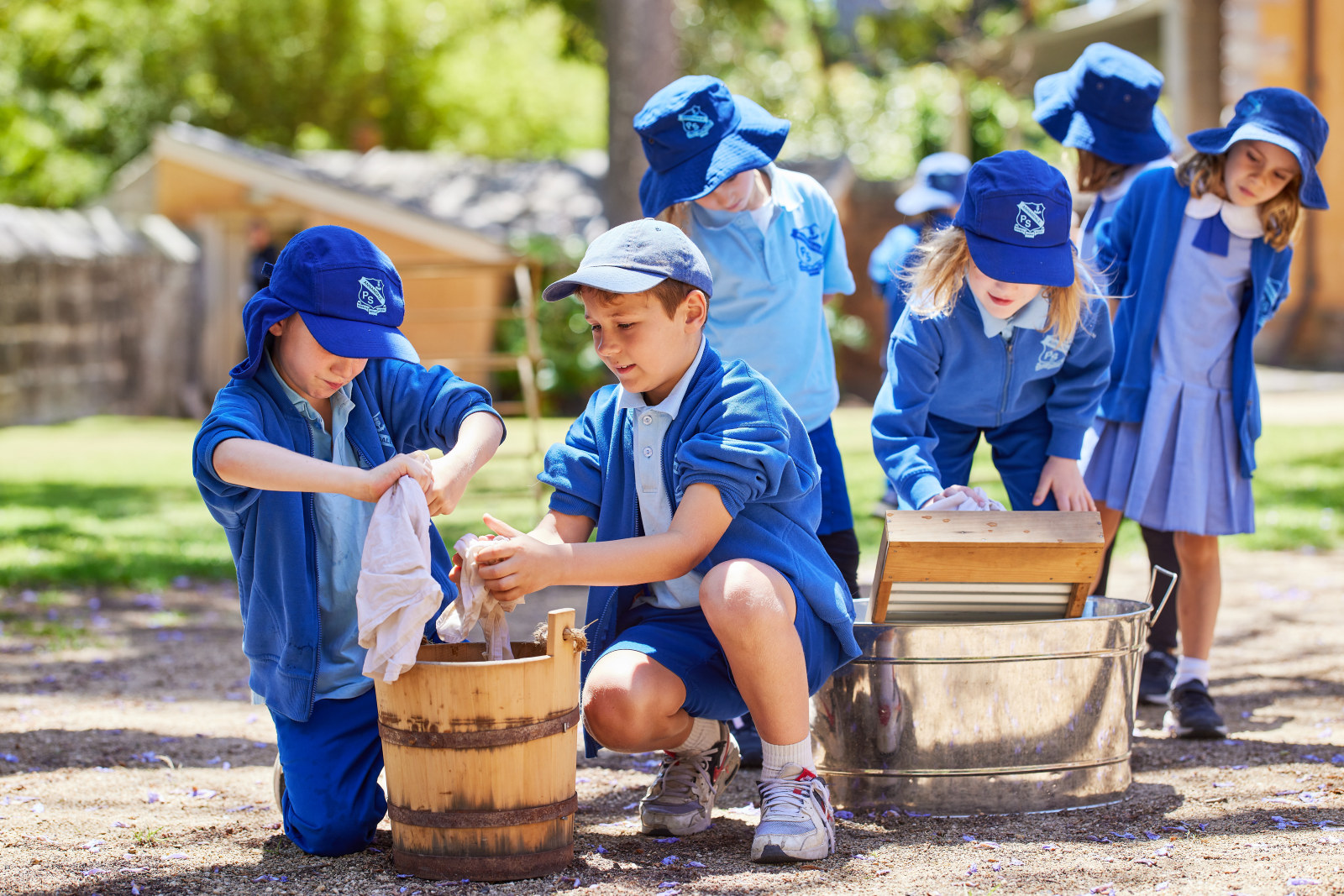
Now and Then
As students are guided through the property, they discover that the household lived without the benefits of running water, bathrooms, electricity, appliances or paved roads
Shop
Browse allAnnual Giving: Sharing our stories
Your support will help us to preserve and share the stories of NSW through our places, collections, archives and programs
Find out more




